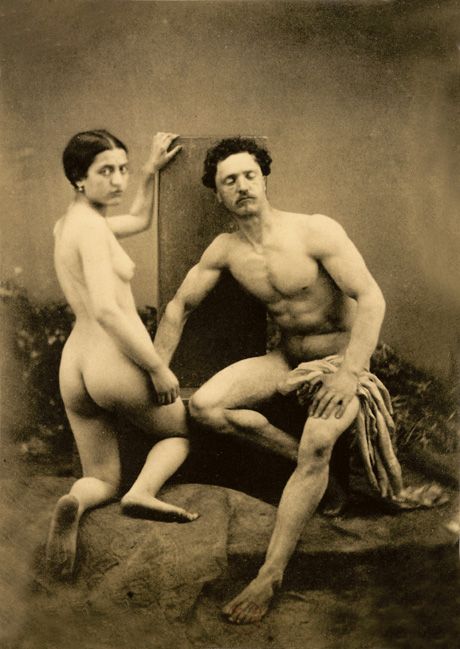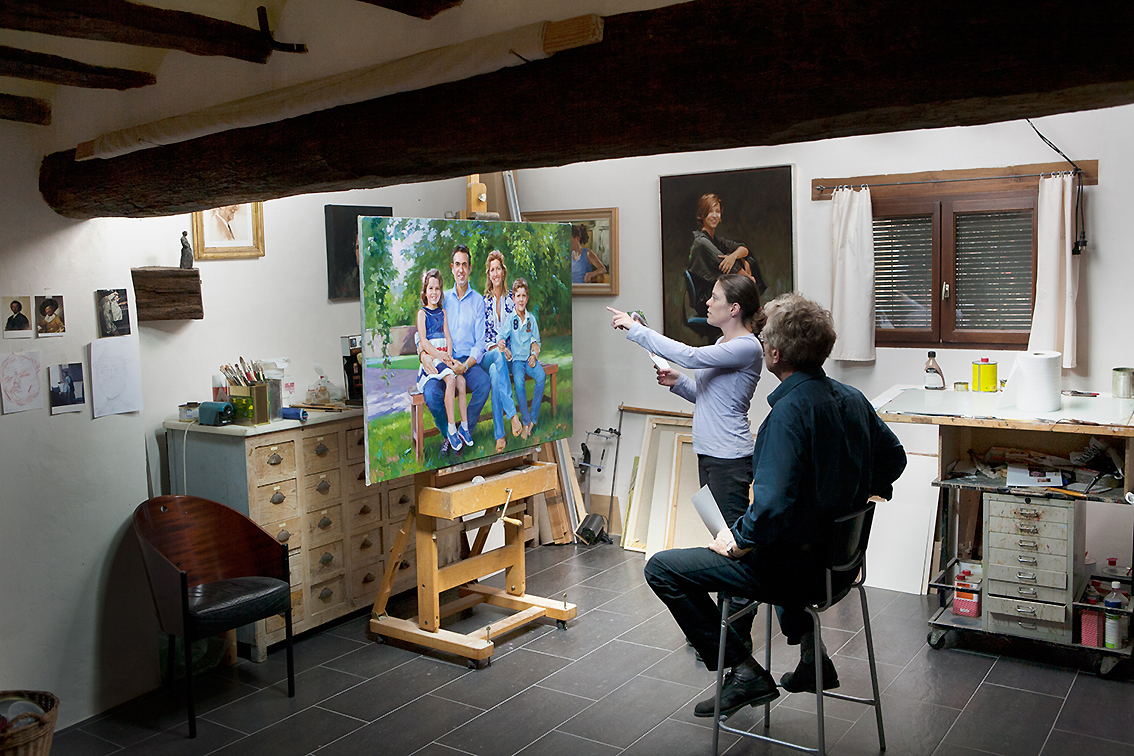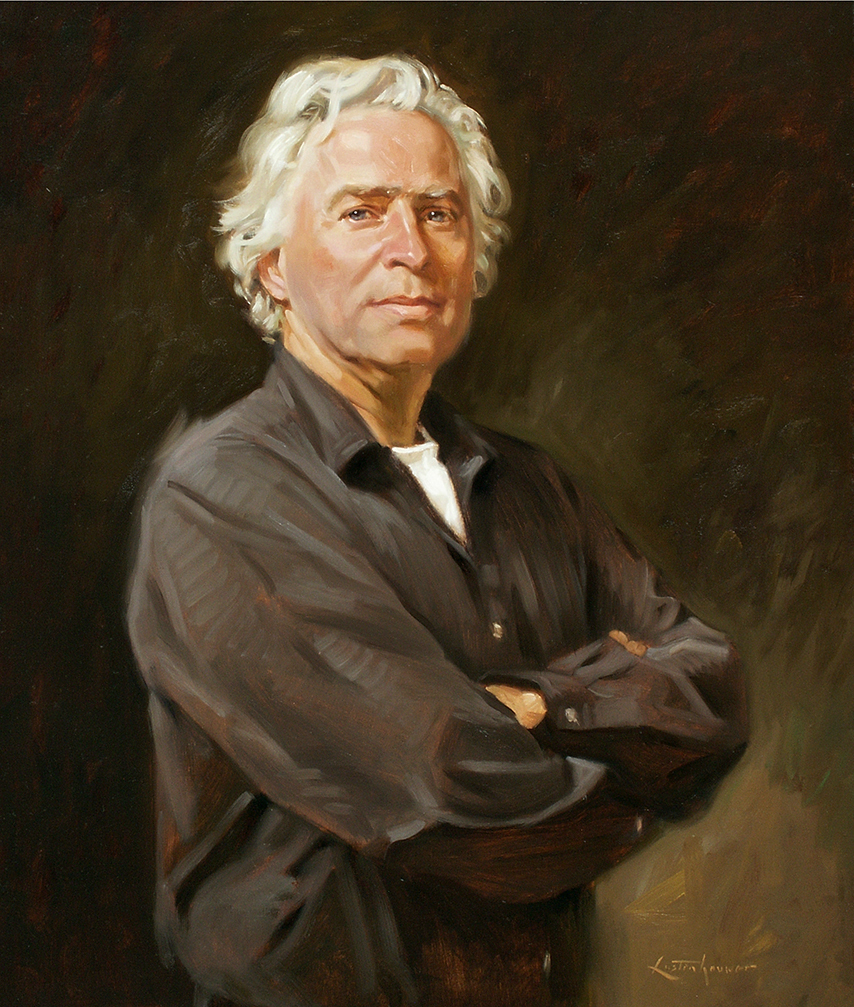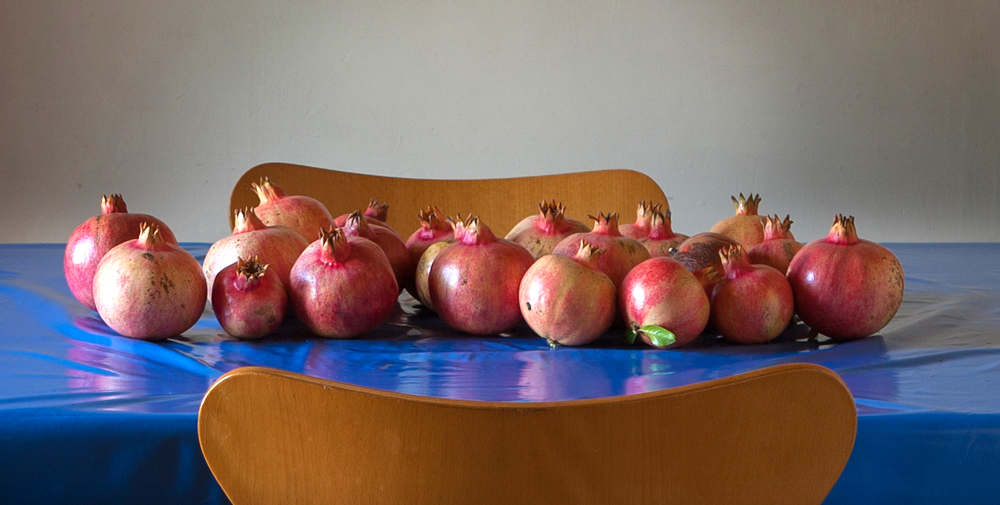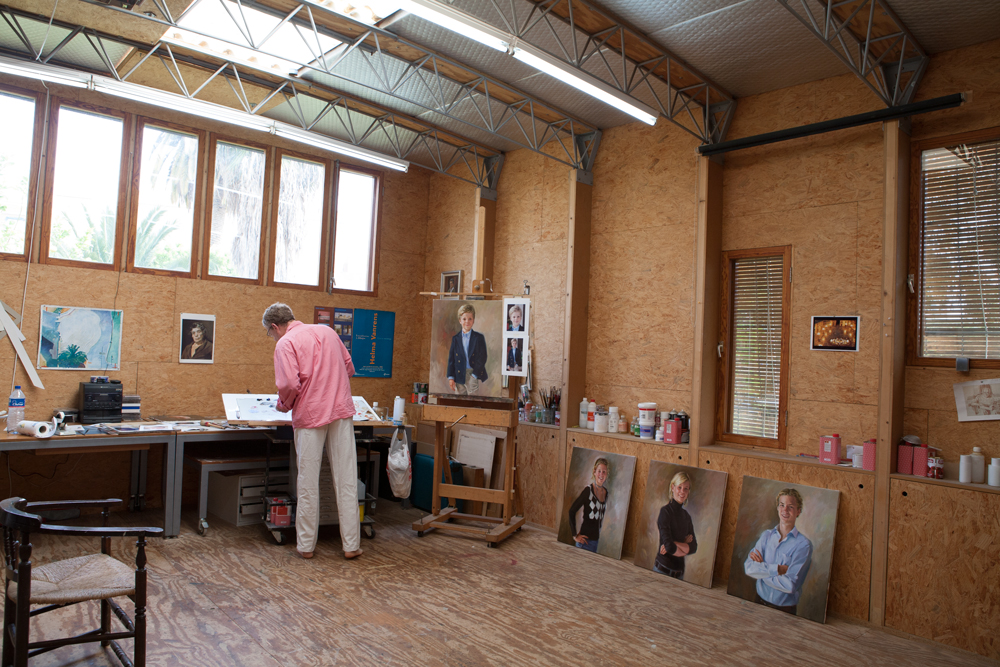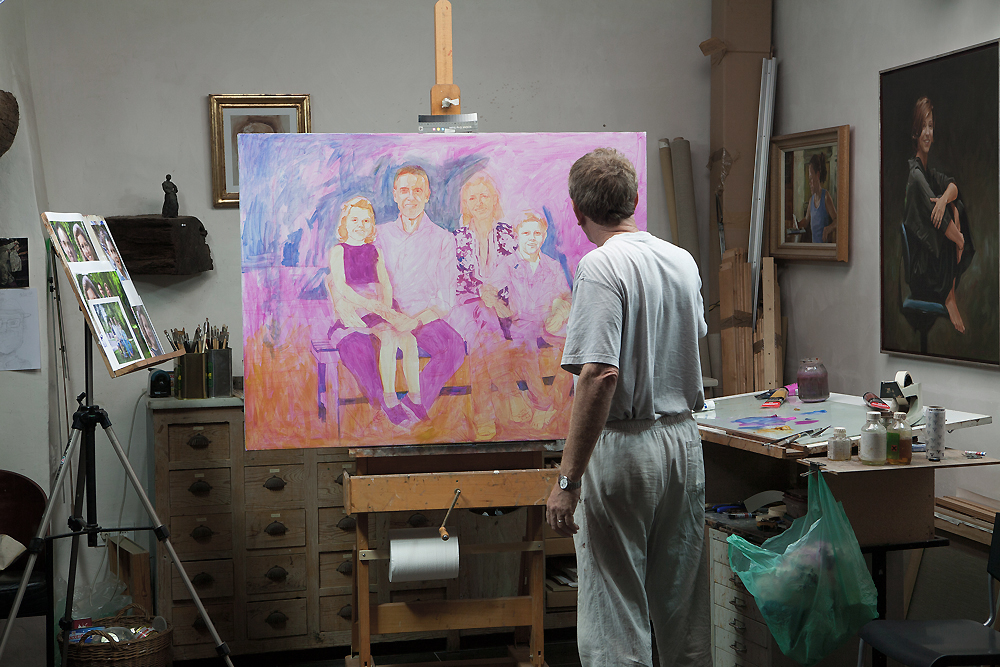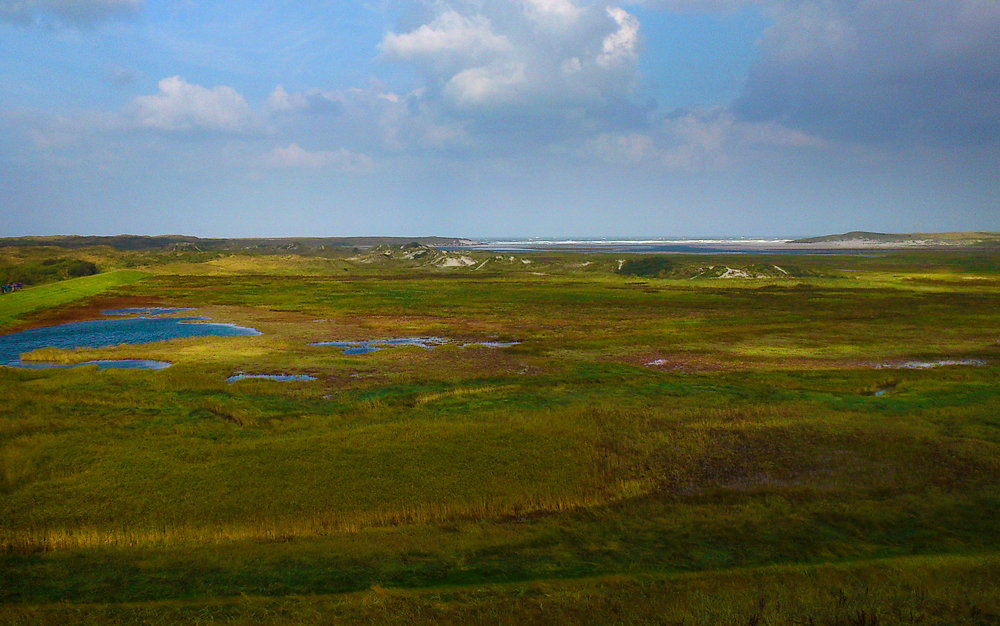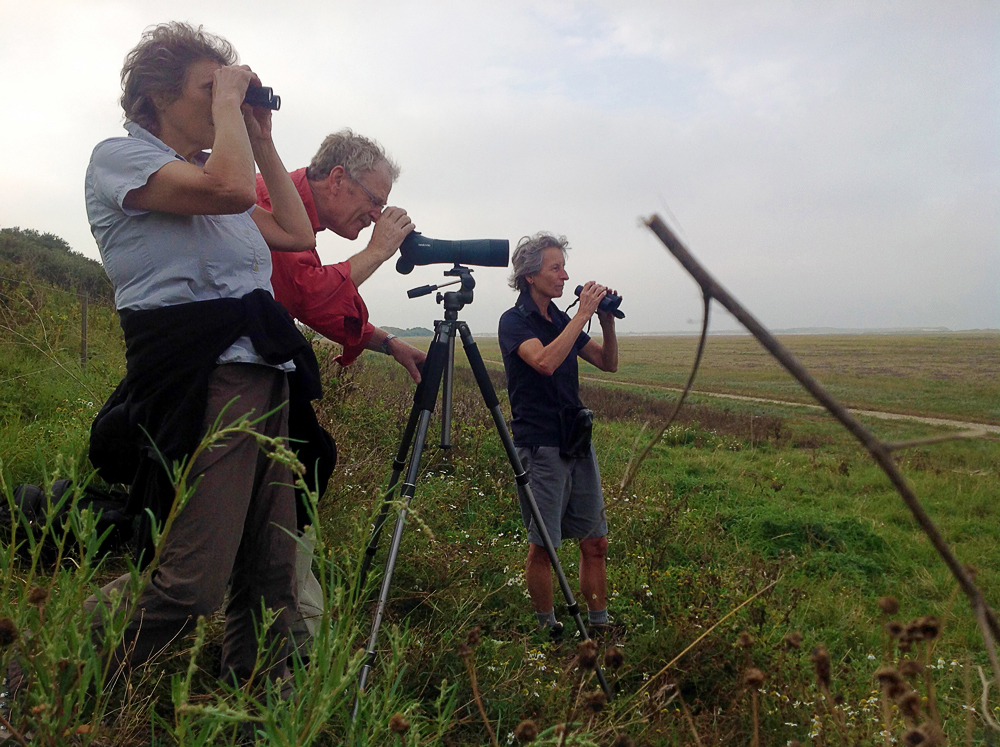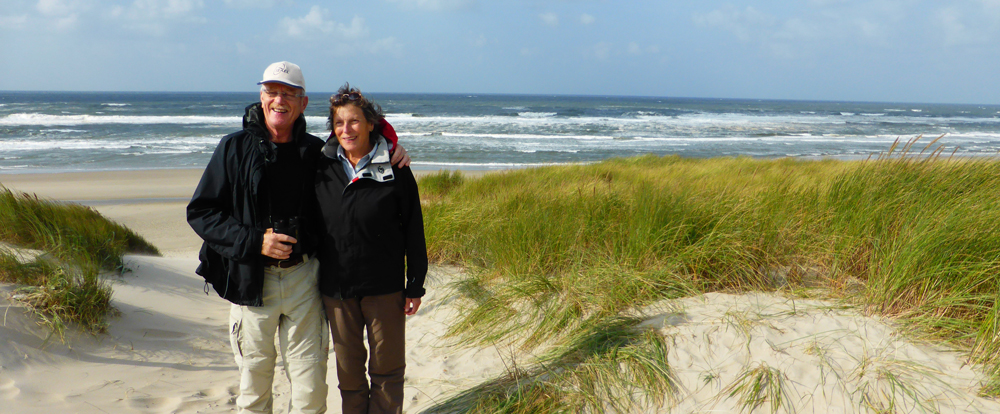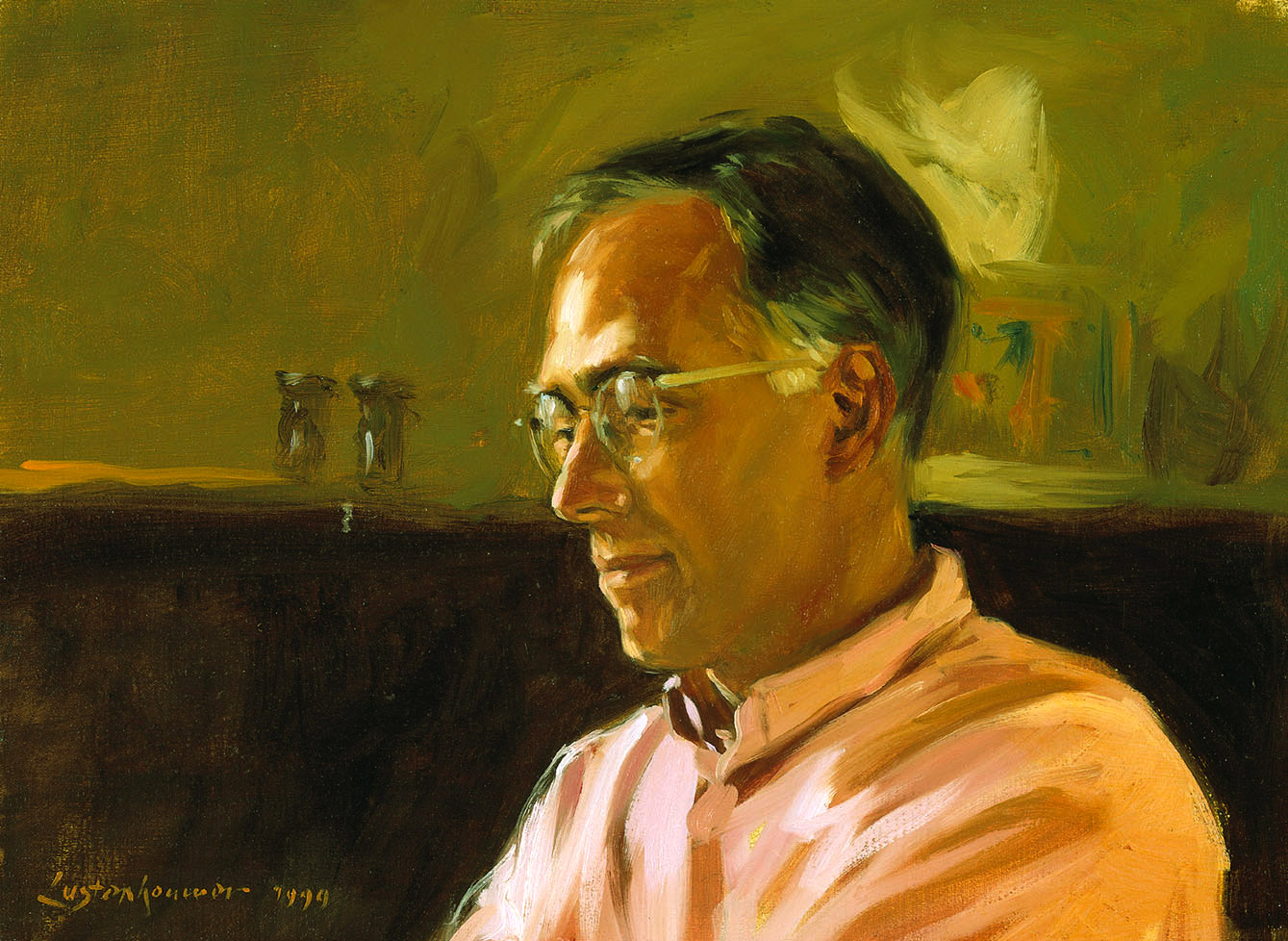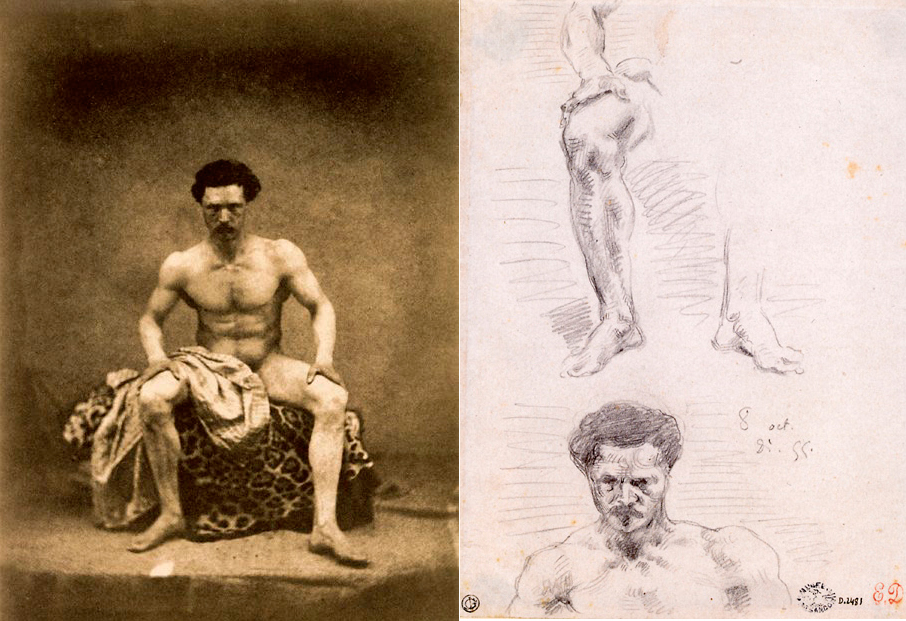 On Facebook this week I came across a very interesting article on the painter Eugène Delacroix and the use of photography. This also has to do with portrait painting. I thought it is important to share. Here’s a short quote.
On Facebook this week I came across a very interesting article on the painter Eugène Delacroix and the use of photography. This also has to do with portrait painting. I thought it is important to share. Here’s a short quote.
Delacroix imagined that the daguerreotype (the term was then interchangeable with “photograph”) would contribute to a new and improved kind of painting, one he himself would not live to see. In his journal, he ended his account of the evening’s experiment with a confident glimpse into the future. “Truly, if a (painter) of genius should use the daguerreotype as it ought to be used,” Delacroix prophesized, “he will raise himself to heights unknown to us.”
Read the whole article

